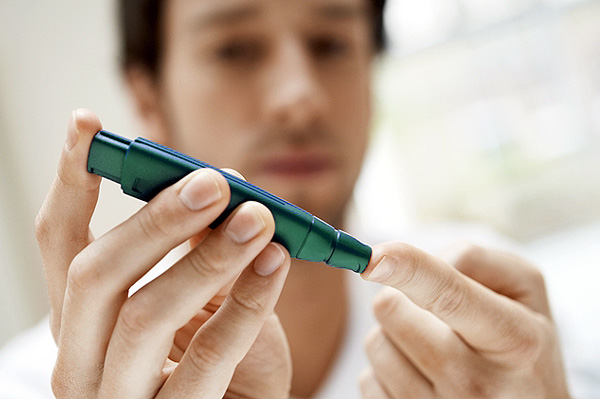Even the injection site must be carefully adjusted failing which an individual may have lower blood glucose levels
Chronic conditions such as diabetes can become tougher to manage in summers. Extreme heat causes blood glucose levels to fluctuate drastically, apart from leading to dehydration and exhaustion. Unless one takes adequate precautions, this can lead to heatstroke, a life- threatening condition requiring medical assistance.
A major concern in this weather for those living with diabetes is the risk of blood glucose levels rising or falling, leading to hypoglycemia or hyperglycemia. Understanding this and the signs of heat exhaustion and taking timely measures can prevent complications.
Speaking about this, Dr Sanjay Kalra – Consultant Endocrinologist, Bharti Hospital Karnal and Vice President, South Asian Federation of Endocrine Societies, said, “Both Type I and Type II diabetes impair the body’s ability to adjust to the rise in temperature in summer. Nerve damage, an associated complication of diabetes, can affect nearly every organ in the body, including sweat glands making it difficult for the body to cool down as the mercury rises. Another issue is that of dehydration. Diabetes can cause the body to lose water quickly. In the absence of sufficient hydration, this can raise blood glucose levels, causing frequent urination – all of which can be detrimental. In higher temperatures, your body’s insulin requirements can also vary making it even more necessary to test blood glucose more often and adjust the insulin dose accordingly.”
“While physical activity is key to managing diabetes, it is better to not venture outdoors during the hottest part of the day or when the heat index is high,” added Dr Kalra. “Try to exercise early in the morning or evening when temperatures are lower. Make sure you apply sunscreen as sunburn can also raise blood glucose levels. Do not pass off symptoms such as sweating, light-headedness, instability, and confusion as heat exhaustion. These can be indicative of low blood glucose and must be checked. Choose the injection site wisely. Avoid sweaty and sun-exposed areas. This is because heat can cause blood vessels to increase in size leading to faster insulin absorption putting the individual at risk of having low blood glucose.”
Keep a track of your carbohydrate intake and opt for foods that are of low glycemic index such as green vegetables. Stay away from high-calorie and sweetened colas and canned juices. In those living with diabetes, one thing can lead to another.
- Advertisement -



Comments are closed.